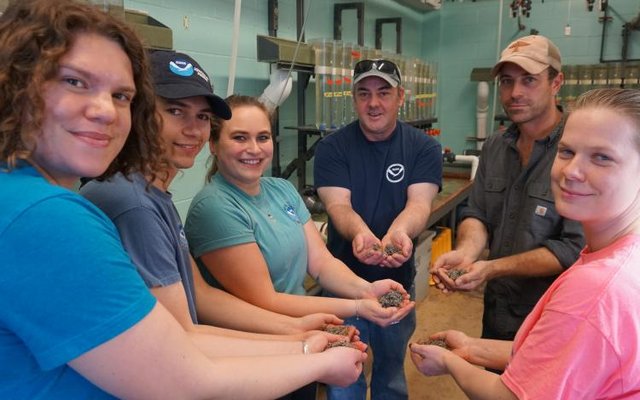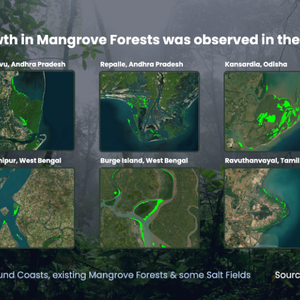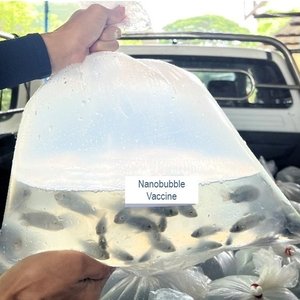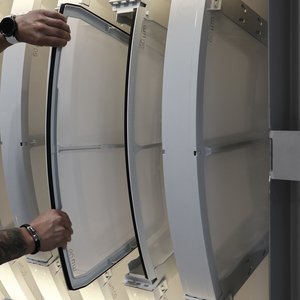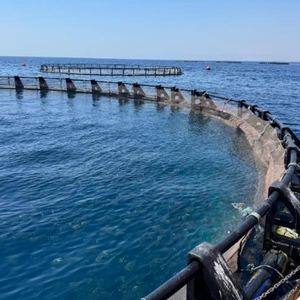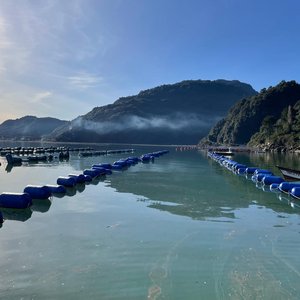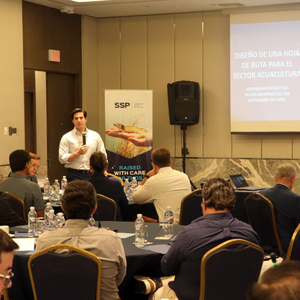NOAA Fisheries and the U.S. Department of Agriculture's Agricultural Research Service launched a new, state-of-the-art Northeast Oyster Breeding Center in June 2024. The center is an investment that will bolster shellfish farming in the Northeast.
Scientists will use advanced selective breeding methods to develop better-performing lines of Eastern oysters to boost production. They aim to breed disease-resistant, resilient oysters in the face of current and changing environmental conditions in the Northeast’s diverse oyster-growing areas.
At the ribbon cutting on June 24 in Milford, Connecticut, NOAA Fisheries’ assistant administrator, Janet Coit, explained, “Our two agencies each bring different but critical strengths to this effort. NOAA Fisheries Milford Lab brings its innovation in shellfish hatchery and nursery systems. The USDA's Agricultural Research Service contributes expertise in genetics, genomics, and performance evaluation. Harnessing our collective skills, the team is poised to achieve advancements that would have otherwise taken years to accomplish.”
In a renovated hatchery at the NOAA Fisheries Milford Laboratory, 50 acrylic cones with continuously flowing, filtered seawater gently bubbled as tiny swimming oyster larvae munched on algae. In April 2024, scientists from NOAA Fisheries and USDA Agricultural Research Service spawned the first generation of oysters in both a traditional culture system in Kington, Rhode Island, and in the new high-density flow-through larval culture system in Milford, Connecticut, the first of its kind in North America.
NOAA and USDA will grow these juvenile oysters in their hatcheries until they reach 5 millimeters, roughly the size of a pencil eraser. Then the young oysters will go to oyster grower partners while scientists continue to evaluate their growth and performance.
Building a high-tech hatchery
The Milford Laboratory is the birthplace of modern shellfish farming. The lab’s hatchery was recently modernized; it now has significantly more capacity to grow oysters and keep families or lines of oysters separate, which is key to selective breeding.
New developments include a Cawthron Ultra-high Density Larval System. This flow-through system developed by the Cawthron Institute in New Zealand allows a hatchery to grow many families of oysters on a small footprint. The lab uses two photobioreactors to grow large quantities of algae, also called phytoplankton, as nutritious baby food for the oysters. Milford Lab scientists built a new quarantine system to safely house out-of-state oysters that are the broodstock, or parents, of the selectively bred larvae. They also built nursery systems for progressively larger juvenile oysters as they grow.
Breeding a more resilient oyster
USDA Agricultural Research Service’s expertise in genetics and genomics has long supported farming. The agency is now applying this science to oysters. “There’s a need for oysters that are resilient or tolerant to disease, but also retain optimal performance across the Northeast’s oyster production environments,” Caird Rexroad III, the Agricultural Research Service’s National Program Leader for Aquaculture explained. “More comprehensive information on oyster physiology and genes associated with important traits is needed to facilitate genetic improvement.”
The East Coast Shellfish Growers Association represents 2,300 shellfish growers from Maine to Texas. They collectively harvest about $195 million worth of sustainably farmed shellfish annually. Executive director Bob Rheault said, “Because Eastern oysters are grown from Canada to Brazil, they need to be able to thrive in a wide range of habitats. We are looking forward to having oysters that can survive the five different parasites and diseases that afflict oysters that have the perfect shape for the raw bars that grow quickly and can tolerate various climate change challenges.”


